You can stabilize shaky 360-degree footage using seven powerful methods: hybrid 3D-2D algorithms that process frames in under 22 milliseconds, software-based post-production tools like DaVinci Resolve’s Spherical Stabilizer, in-camera stabilization technology for real-time smoothing, mechanical gimbal systems like the Insta360 Flow 2 Pro, spherical stabilizer node processing, AI-powered real-time stabilization, and prevention-based capture techniques. Each method offers unique advantages for different shooting scenarios and budget constraints, helping you achieve professional-quality results that’ll transform your video production workflow.
Hybrid 3D-2D Algorithm With Deformed-Rotation Model
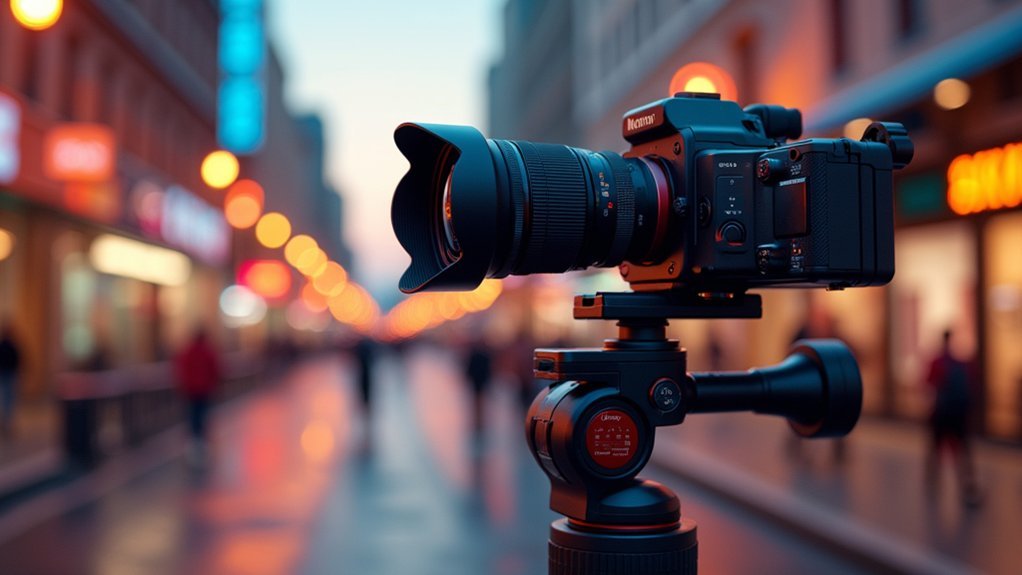
When you’re dealing with 360-degree video stabilization, the hybrid 3D-2D algorithm with deformed-rotation model stands out as a sophisticated approach that combines the best of both dimensional analyses.
This method performs 3D analysis between key frames to estimate relative rotation, while using 2D optimization for stabilizing inner frames. You’ll benefit from its deformed-rotation motion model that allows localized deformations during stabilization, effectively reducing rolling shutter wobble and other artifacts.
The algorithm processes frames in under 22 milliseconds each, faster than video playback speed. Through regularization with fixed key frames, it minimizes wobble artifacts while achieving 10-20% bit rate reduction.
This efficient video stabilization solution maintains high quality while delivering remarkably smooth results for 360-degree content.
Software-Based Post-Production Stabilization
While hardware-based solutions capture stabilized footage during recording, software-based post-production stabilization gives you complete control over the final result after shooting.
You’ll find specialized tools like DaVinci Resolve’s Spherical Stabilizer that use 3D-2D hybrid techniques for enhanced accuracy and speed. The video stabilization process takes less than 22 milliseconds per frame, allowing quick hyperlapse creation while maintaining quality with only 10-20% bit rate reduction.
Effective stabilization tracks feature points in your 360 video and adjusts rotation axes using a sophisticated motion model to minimize wobble.
Advanced motion tracking algorithms analyze feature points across your 360-degree footage to intelligently correct rotational movements and eliminate unwanted camera shake.
However, these software methods work best on less dynamic footage since they struggle with severe shaking. You’ll typically need to export and re-import stabilized videos for additional edits.
In-Camera Stabilization Technology
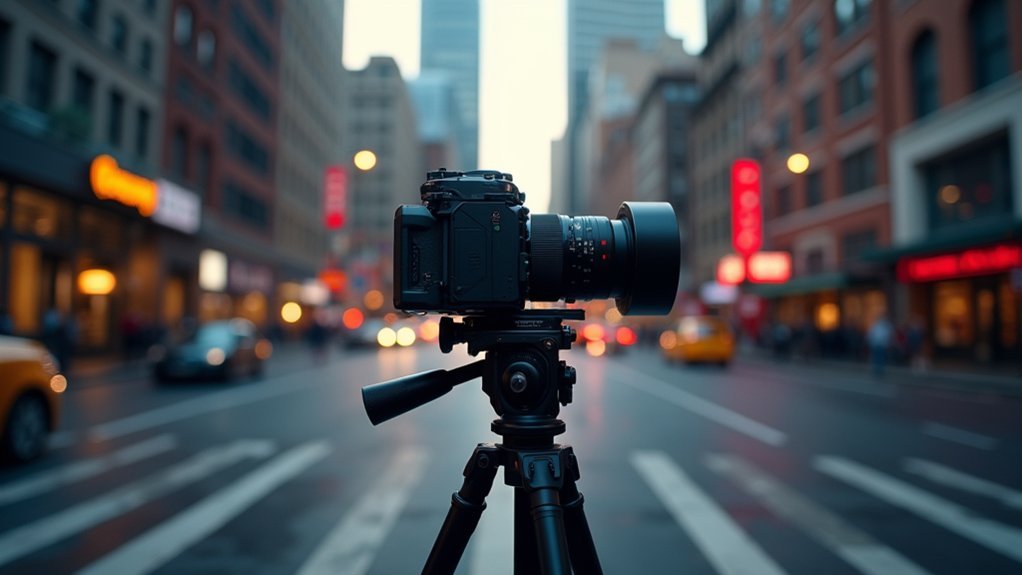
In-camera stabilization technology eliminates the guesswork of post-production by delivering smooth footage straight from your camera. Advanced algorithms provide real-time smoothing during capture, making your footage share-ready immediately. You’ll save significant editing time while achieving professional results in fast-moving environments.
| Camera Model | Key Features | Video Quality |
|---|---|---|
| Insta360 X5 | 8K 360°, Horizon Lock | Ultra-high resolution |
| Ace Pro 2 | Dual AI chips, Active HDR | 4K60fps HDR |
| General Benefits | Real-time scene analysis | Share-ready output |
This video stabilization technology effectively counteracts sudden jolts and vibrations through sophisticated processing. You’ll find it particularly valuable for action-packed scenarios where traditional stabilization methods fall short, delivering consistently smooth results without requiring post-processing corrections.
Mechanical Gimbal Stabilization Systems
You’ll find that mechanical gimbal stabilization systems offer superior physical stability compared to digital alternatives, especially when you’re shooting in challenging conditions with sudden movements or vibrations.
Professional-grade hardware like the Insta360 Flow 2 Pro provides three-axis stabilization that physically counteracts unwanted camera motion in real-time, eliminating the need for post-production fixes.
These systems deliver immediate, tangible benefits through their mechanical design, making them essential tools when you’re capturing action-oriented 360-degree content that demands smooth, professional-quality footage.
Physical Gimbal Benefits
When you’re capturing 360-degree footage in dynamic environments, mechanical gimbals deliver unparalleled stabilization benefits that digital methods simply can’t match. Unlike software-based video stabilization that crops edges and introduces artifacts, physical gimbals maintain your full field of view while preserving original footage quality.
This stabilization tech provides real-time three-axis correction, effectively countering sudden jolts and vibrations as they occur. You’ll particularly appreciate these benefits when using smartphones, since they amplify movement considerably.
Advanced models like the Insta360 Flow 2 Pro offer AI-powered scene analysis and intuitive SmartWheel controls, optimizing performance automatically. The mechanical approach guarantees smooth, professional-quality results without the quality compromises inherent in digital alternatives, making it essential for dynamic shooting scenarios.
Professional Stabilization Hardware
Three primary mechanical gimbal categories dominate the professional 360 video stabilization market: smartphone-compatible systems, dedicated camera gimbals, and heavy-duty broadcast units. You’ll find that mechanical gimbal systems like the Insta360 Flow 2 Pro deliver superior real-time stabilization compared to post-production digital corrections.
| Gimbal Type | Primary Use | Key Features |
|---|---|---|
| Smartphone | Mobile content | Subject tracking, SmartWheel controls |
| Dedicated Camera | Professional shoots | 3-axis stabilization, enhanced payload |
| Broadcast Units | Studio production | Heavy-duty construction, precision control |
These systems provide immediate 3-axis stabilization that counteracts sudden jolts and movements during dynamic shooting scenarios. You’ll benefit from advanced features that enhance user experience while preventing unwanted vibrations. Unlike digital video stabilization methods, mechanical gimbals guarantee you can share clean footage instantly.
Spherical Stabilizer Node Processing
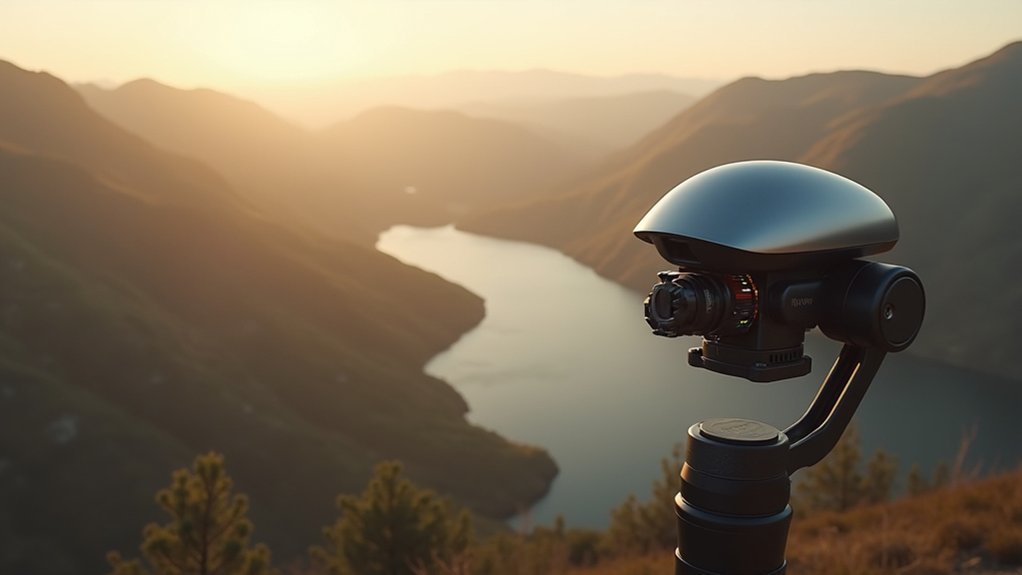
You’ll find DaVinci Resolve’s Spherical Stabilizer node offers a powerful software-based alternative to mechanical gimbal systems for 360 video stabilization.
Setting up the node requires maneuvering to the Fusion page and adding the tool between your In and Out nodes, where you can then configure its tracking parameters.
The node’s default settings often work well, but you’ll want to understand the tracking controls to fine-tune stabilization for challenging footage with complex motion patterns.
Node Setup Process
Setting up the Spherical Stabilizer node in DaVinci Resolve requires maneuvering to the Fusion page where you’ll access the core stabilization tools.
Right-click the connector between the In and Out nodes, then select “Add Tool > VR > Spherical Stabilizer” to insert the video stabilization node into your workflow. The Spherical Stabilizer appears in your node graph, ready for motion analysis to estimate camera movements throughout your 360-degree footage.
Default settings typically provide solid results, but you can optimize performance by enabling “Reject Dominant Motion Outliers While Tracking.” This feature filters out unrelated movements during processing.
Use tracking controls to analyze motion forward or backward, while the append option lets you incorporate additional tracking data without overwriting existing information.
Fine-tune stabilization strength and smoothing settings to balance correction intensity with natural motion flow.
Tracking Parameter Controls
Once you’ve inserted the Spherical Stabilizer node, the tracking parameter controls become your primary interface for analyzing camera motion within your 360-degree footage.
These tracking controls allow you to initiate motion analysis, processing either forward or backward through your clip. You’ll find the “Reject Dominant Motion Outliers While Tracking” option particularly valuable—it filters out unrelated movements that could compromise your stabilization results.
The system lets you append new tracking data without overwriting existing analysis, giving you flexibility to refine your settings progressively.
You can adjust stabilization strength and smoothing parameters to optimize output quality. Remember, this process is computationally demanding, so understanding these controls thoroughly guarantees you’ll achieve smooth, professional stabilization results efficiently.
Real-Time AI-Powered Stabilization
While traditional stabilization methods struggle with the computational demands of 360-degree video, real-time AI-powered stabilization transforms how you experience immersive content by processing frames in under 22 milliseconds.
Real-time AI stabilization processes 360-degree video frames in under 22 milliseconds, revolutionizing immersive content experiences.
This video stabilization technology employs a sophisticated hybrid 3D-2D architecture that analyzes key frame rotations in three dimensions while optimizing inner frames through 2D processing.
You’ll benefit from the deformed-rotation motion model that makes localized adjustments, eliminating wobble artifacts without compromising video quality.
Real-time AI-powered stabilization doesn’t just improve visual smoothness—it reduces bit rates by 10-20%, making your content more efficient for storage and streaming.
Beyond pre-recorded content, this technology’s expanding into live 360 video applications, revolutionizing real-time immersive experiences.
Prevention-Based Capture Techniques
Although post-production stabilization has advanced considerably, you’ll achieve superior results by preventing camera shake during the initial capture phase.
For effective video stabilization, start by utilizing in-camera stabilization features found in models like the Insta360 X5 and Ace Pro 2, which greatly reduce vibrations during recording.
You can enhance stabilization 360 video quality by employing mechanical stabilizers such as the Insta360 Flow 2 Pro gimbal to counteract sudden jolts.
Maintain proper grip and support using tripods or handheld stabilizers to minimize positional shifts that are difficult to correct later.
Capture footage at a slower pace to reduce shake intensity, and plan your shots by minimizing rapid movements while maintaining consistent framing for ideal results.
Frequently Asked Questions
What Is the Best Video Stabilization Software?
You’ll find Adobe Premiere Pro’s Warp Stabilizer most versatile for general footage, while DaVinci Resolve’s Spherical Stabilizer excels specifically for 360-degree content. Choose based on your primary video format and workflow preferences.
What Is the Best Format for 360 Video?
You’ll want equirectangular projection for 360 video since it’s universally compatible. Choose 4K resolution at 30-60fps with H.265 encoding and 15-25 Mbps bitrate for ideal quality and streaming performance.
How to Improve Insta360 Video Quality?
You’ll improve your Insta360 video quality by shooting in 8K resolution, using built-in stabilization features like Horizon Lock, updating firmware regularly, and leveraging the app’s editing tools for color and exposure adjustments.
What Are the Methods of Video Stabilization?
You can stabilize videos using three main methods: software stabilization like Adobe Premiere Pro’s Warp Stabilizer, in-camera stabilization built into devices, and mechanical stabilization through gimbals for phones.


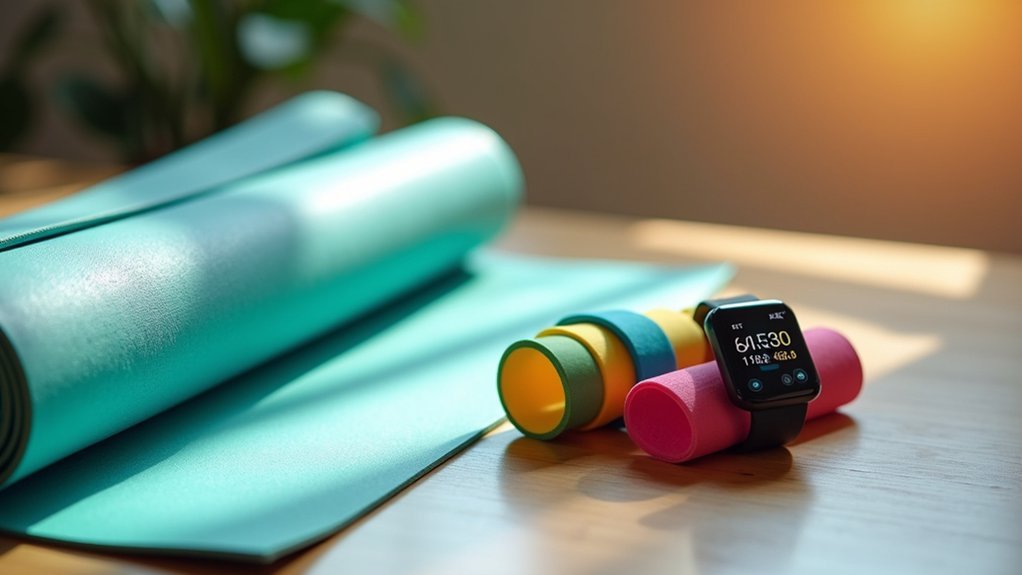
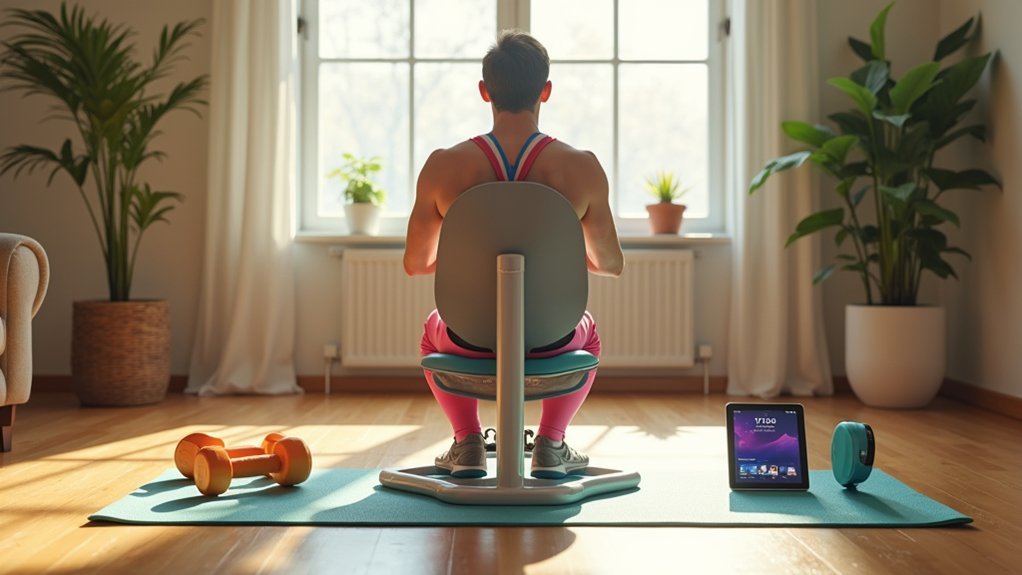

Leave a Reply